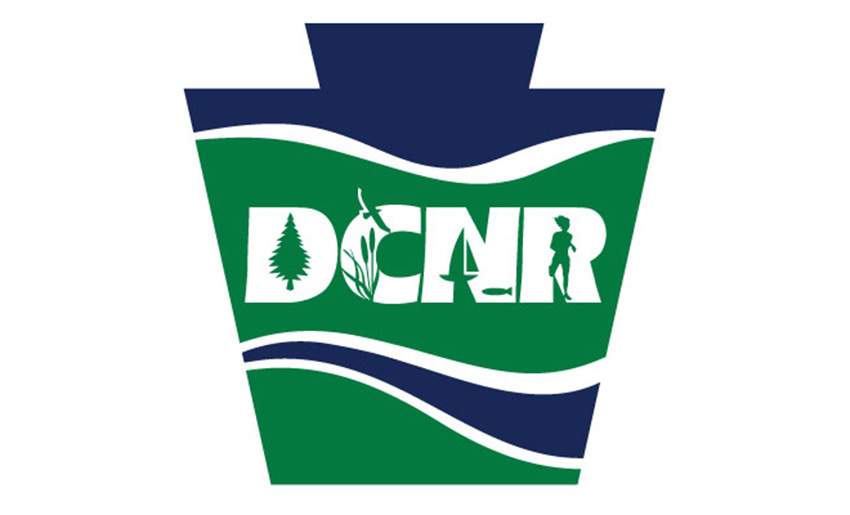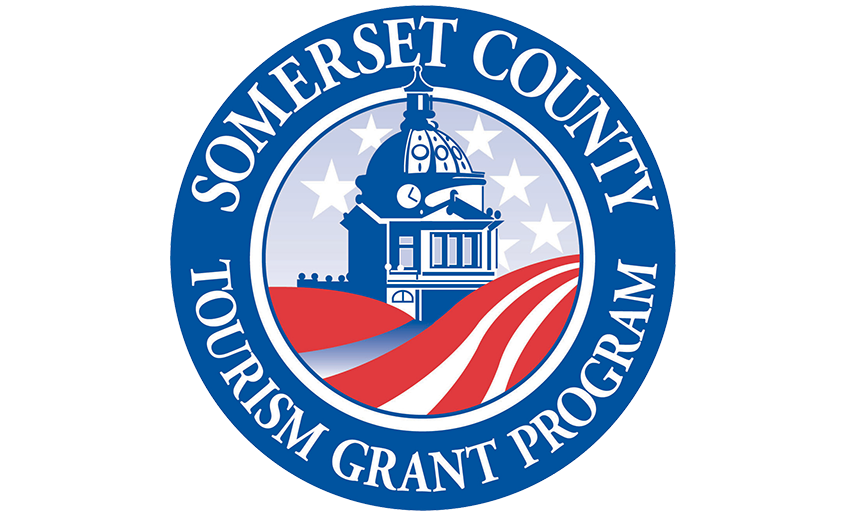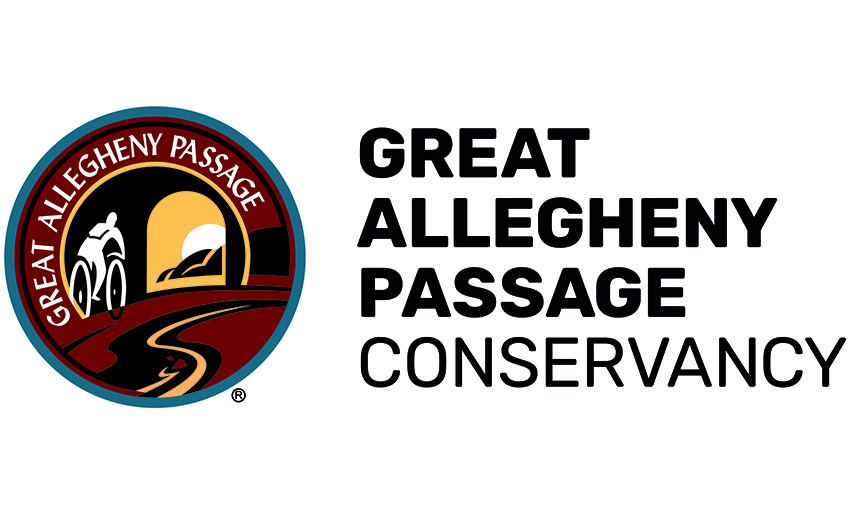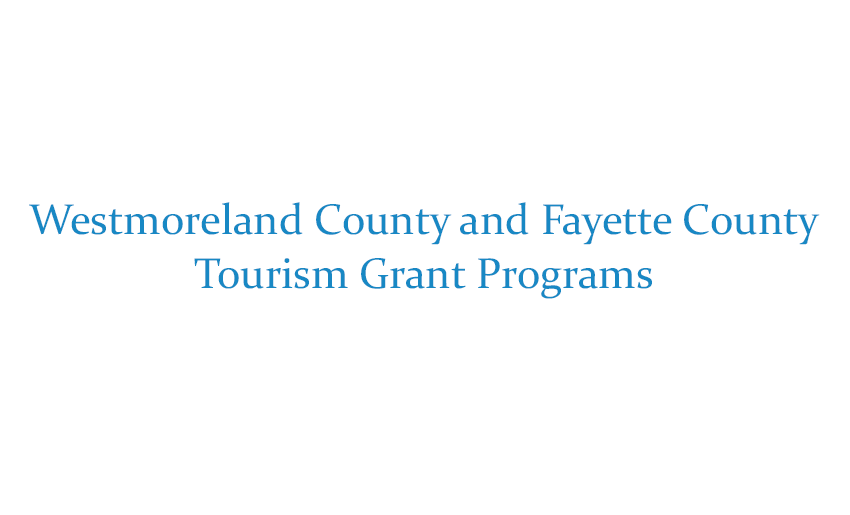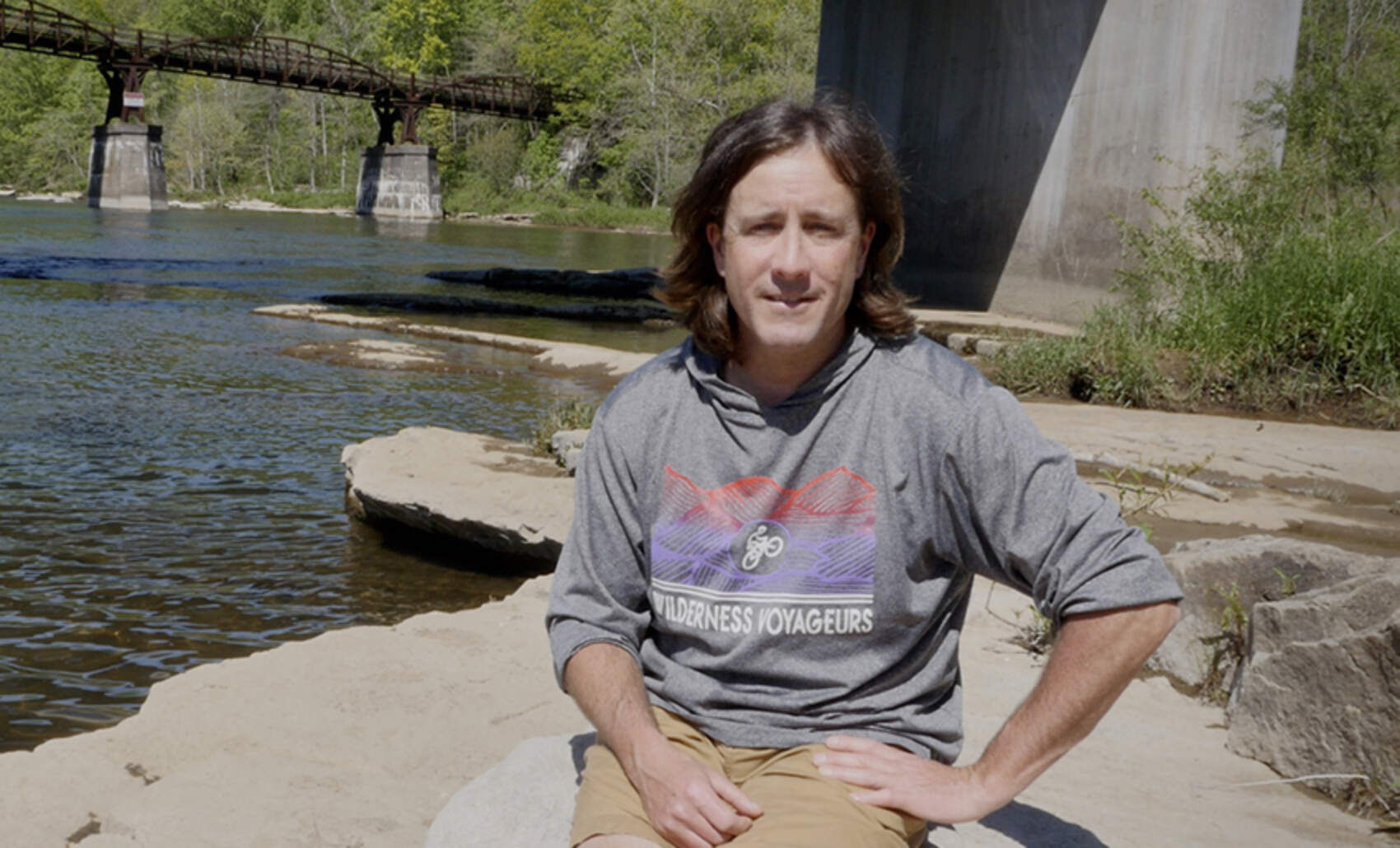“My parents dissuaded me from joining the family business. I went to school for architectural engineering. Two years into that I decided that it wasn’t for me. I’d been traveling around and competing in kayaking. Water was part of everything I did. I was happiest around the river. It became clear I needed to go back to Ohiopyle. But my dad was committed to me not following the path. I persevered. He finally tossed me the keys and said: ‘Good luck.’ That was 26 years ago. I couldn’t be happier with the decision I made.”
“My parents started Wilderness Voyageurs. We’ve been in business for 57 years. We were the first whitewater rafting outfitter east of the Mississippi and the sixth or seventh outfitter in the world. Our claim to fame was: ‘We bring rafting to the masses.’
“I grew up in Ohiopyle from the age of two. We lived 100 yards from the train tracks. The rail line for the Great Allegheny Passage was on the opposite side of the river. I watched the last train on the Western Maryland Railway roll down those tracks. That was the beginning of the GAP. Who knew when I was six or seven what that meant? My father was involved in regional tourism development and helped the American Industrial Heritage Project garner the first million dollars for a feasibility study. So we’ve been involved from day one, from the rails being lifted, to the GAP being a world-class destination.
“We started renting out bikes when the first seven miles of the GAP were finished. I remember our first fleet of beach cruisers. They were giant and clunky. We had 12 bikes in 1986. Now we have over 300. They’re quite a different machine. Watching that process, from people saying: ‘That will never happen,’ to driving the tourism of the valley is mind boggling.
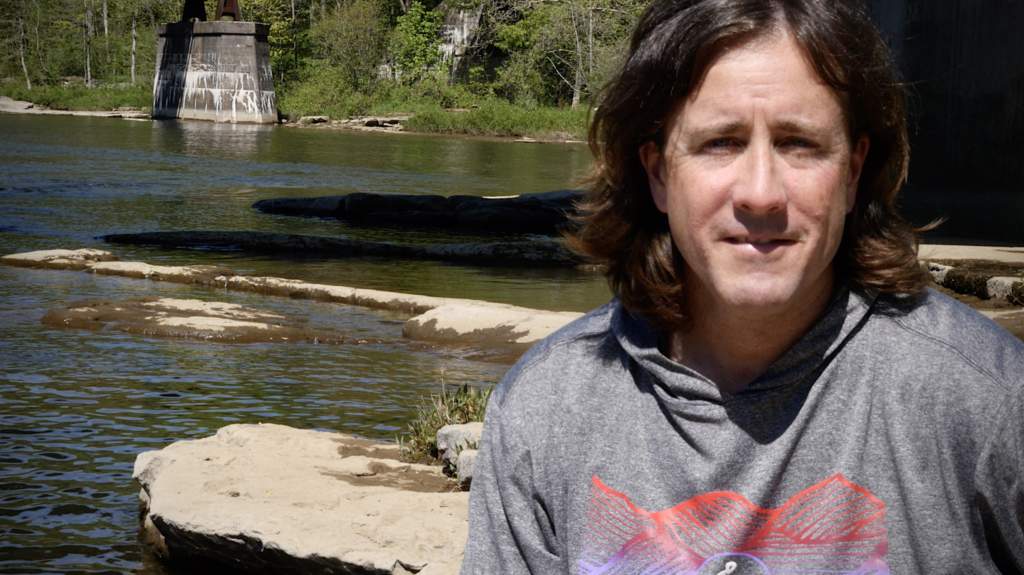
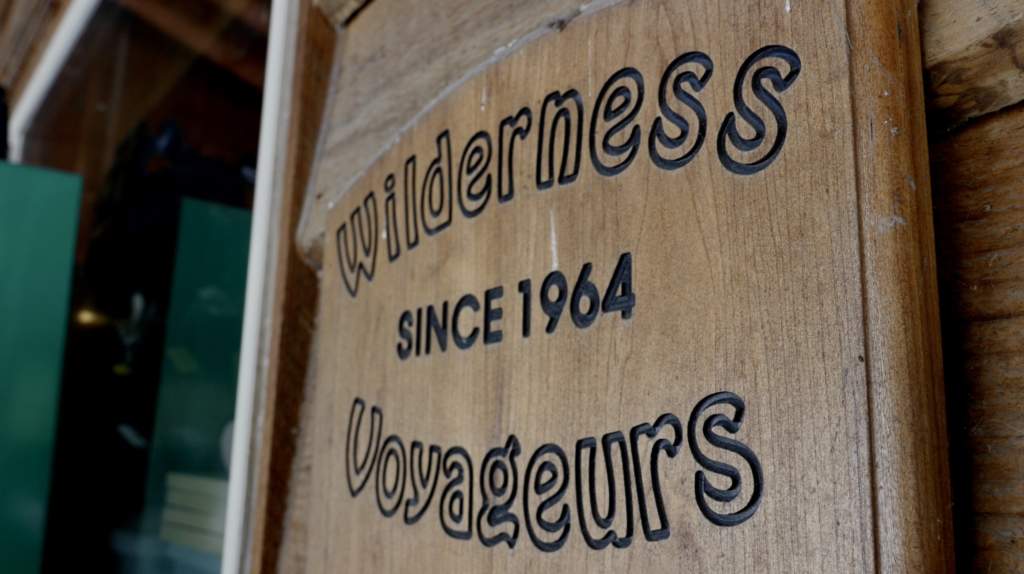
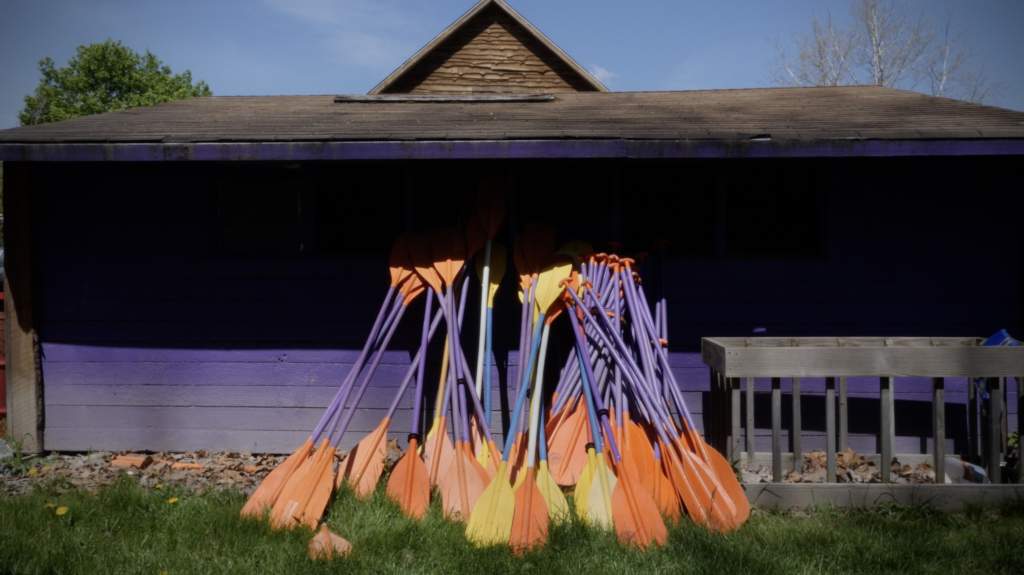

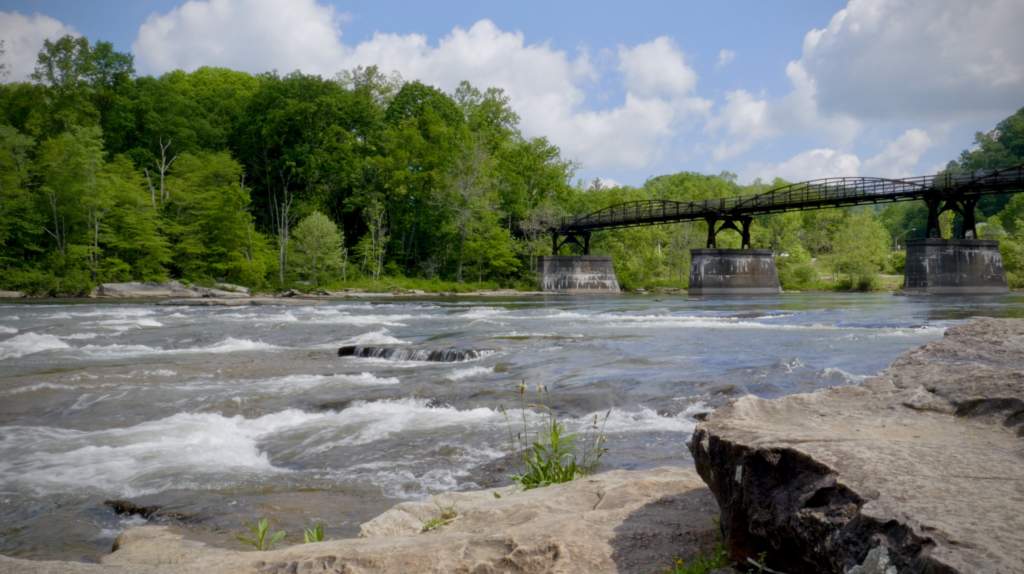
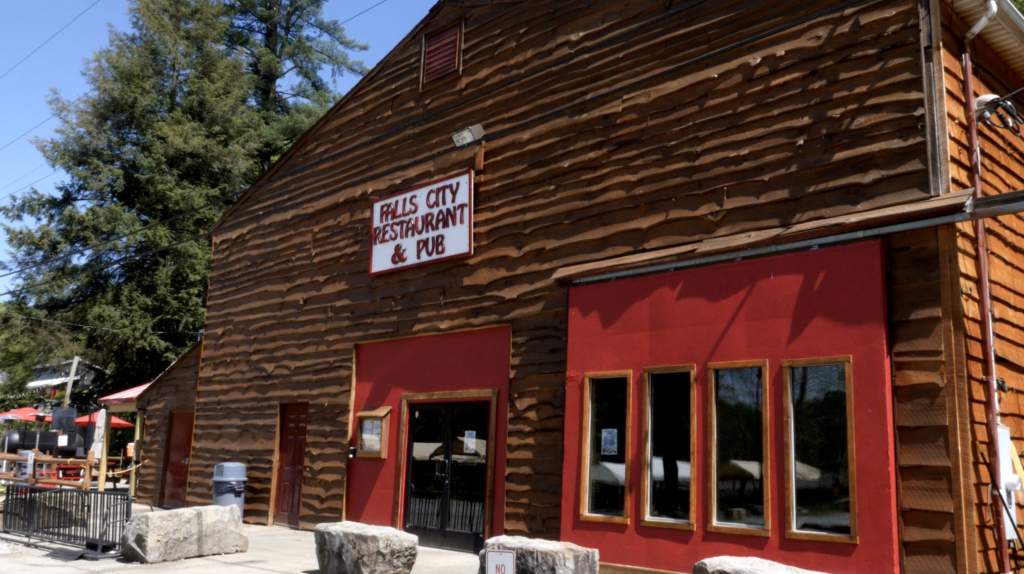
“My parents dissuaded me from joining the family business. I went to school for architectural engineering. Two years into that I decided that it wasn’t for me. I’d been traveling around and competing in kayaking. Water was part of everything I did. I was happiest around the river. It became clear I needed to go back to Ohiopyle. But my dad was committed to me not following the path. I persevered. He finally tossed me the keys and said: ‘Good luck.’ That was 26 years ago. I couldn’t be happier with the decision I made.
“As the rafting business began to drop dramatically we opened a full-service restaurant, added the first high-end coffee shop, and a full-service bike shop, trying to make the whole experience more of a destination. We’ve got the big, beautiful, Youghiogheny River, 100 miles of hiking trails, and the trailhead for the GAP.
“As an outfitter we’re in a unique crossroads. We operate on public waterways, being a caretaker as a private business. It’s on us to protect and conserve this place. From a business perspective, people come here because of the quality of the resource. We have the largest land-based park in the state of Pennsylvania. You can get people excited about conserving the resource when they’re immersed in it. Those are our opportunities.
“We’ve seen things recently that were not in our operating plan before. The last five years have been challenging. We’ve had three of the rainiest years on record followed by the driest on record in 20 years. That’s become our new norm. We’ve seen small flash floods out of tributaries that we’ve never seen before. That changes the geology of the river.
“The way visitors perceive the river and the GAP has done a 180-degree flip over the last 20 years. Ohiopyle was originally known for white water rafting. That was the draw. Now visitors on the GAP outnumber the river visitors. They come from a broader distance. They get here on the GAP and go ‘Whoa, what’s this town of Ohiopyle? What are all these bright, shiny things floating down the river?’ Then they say: ‘Where can get a beer and a good cup of coffee?’ It’s this little magical town in the middle of the mountains. Every day I say: ‘Thanks Youghiogheny.’”
This content was created by Anita Harnish for the Great Allegheny Passage Conservancy and financed through grants from the Pennsylvania Department of Conservation and Natural Resources’ Bureau of Recreation and Conservation, through its Community Conservation Partnerships Program and Environmental Stewardship Fund, administered by Rivers of Steel Heritage Area and Pennsylvania Environmental Council’s Laurel Highlands Mini Grant Program; through funding via the Westmoreland, Fayette, and Somerset County Tourism Grant Programs; and with funds made available by the Great Allegheny Passage Conservancy.
